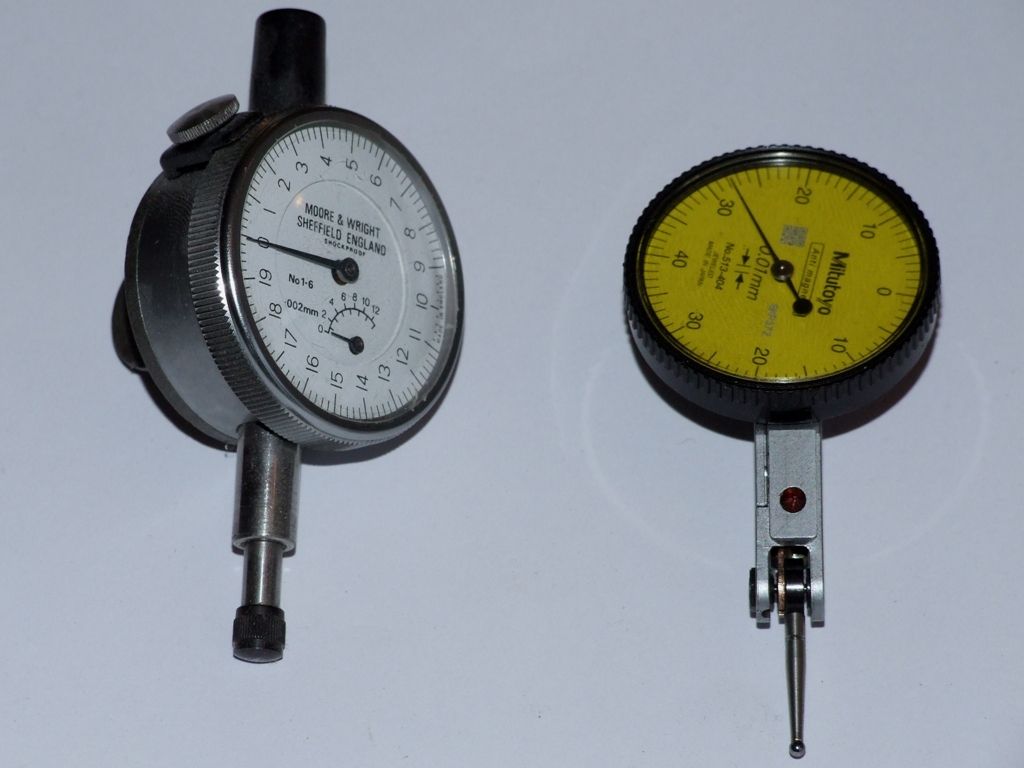Accuracy to be expected from a 0-1″ travel DTI
Accuracy to be expected from a 0-1″ travel DTI
- This topic has 19 replies, 16 voices, and was last updated 16 March 2021 at 18:23 by
Howard Lewis.
Viewing 20 posts - 1 through 20 (of 20 total)
Viewing 20 posts - 1 through 20 (of 20 total)
- Please log in to reply to this topic. Registering is free and easy using the links on the menu at the top of this page.
Latest Replies
Viewing 25 topics - 1 through 25 (of 25 total)
-
- Topic
- Voices
- Last Post
Viewing 25 topics - 1 through 25 (of 25 total)
Latest Issue
Newsletter Sign-up
Latest Replies
- Superheaters
- Which Carbide Lathe Tools?
- quality 3 and 4 jaw chucks
- Suggestions for next clock build?
- UK Steel Supplier? 125 x 125 x 50 BMS
- Boiler Design – issue 4765
- rotational motion into linear motion – force calculation?
- The strange phenomenon of Liquid Death
- Just How Many File Types Do We Need?
- Obscure Thread





